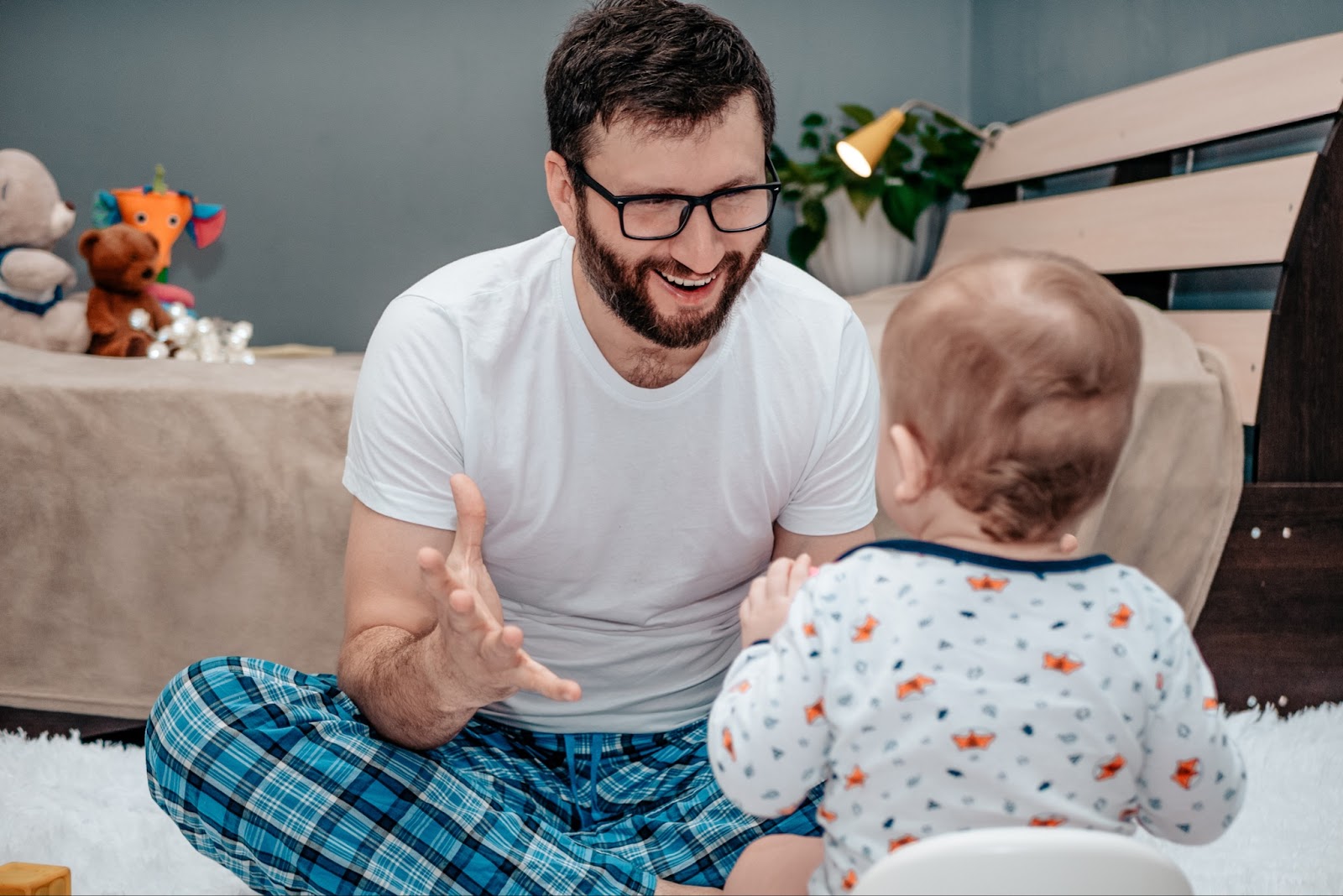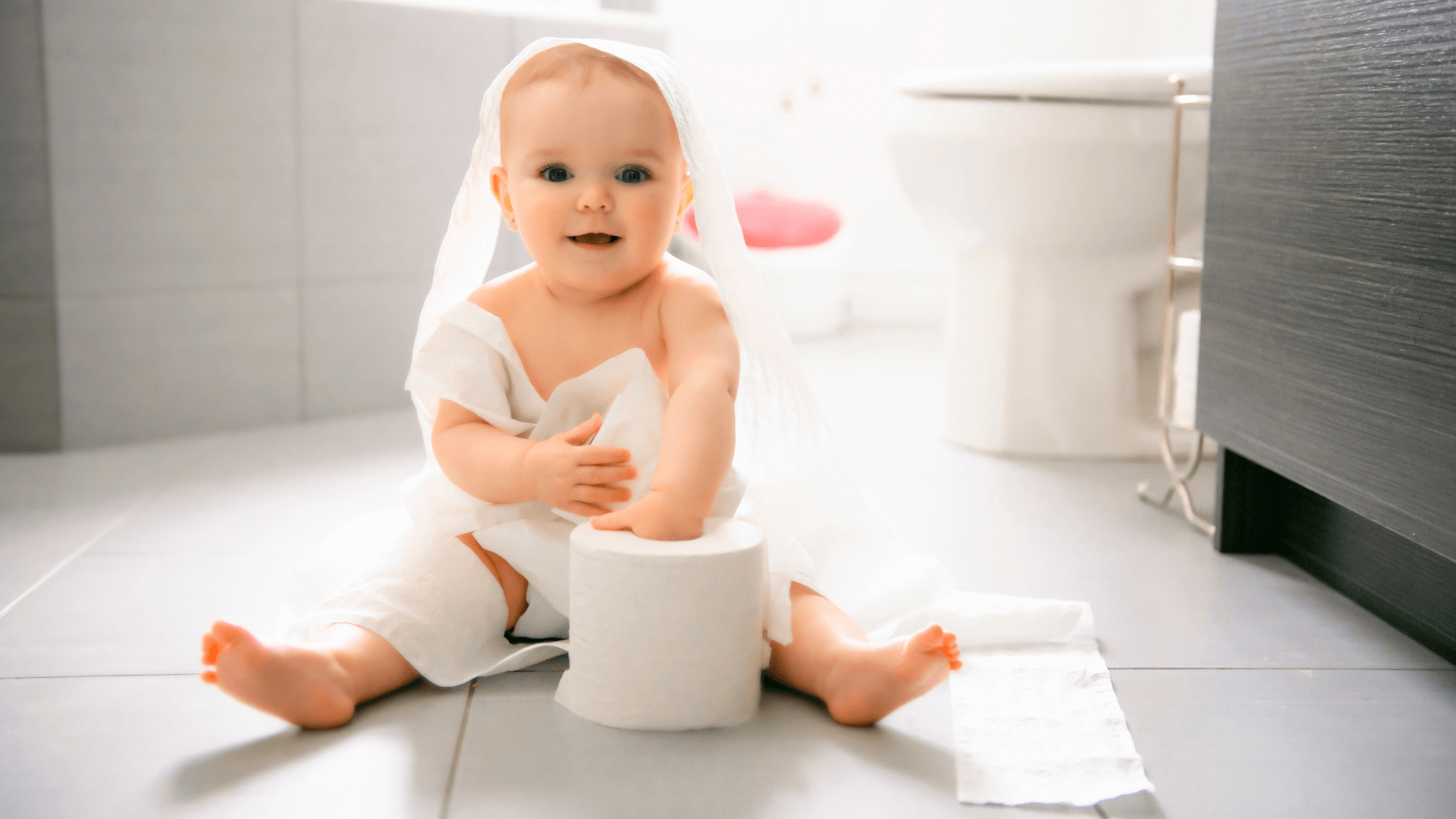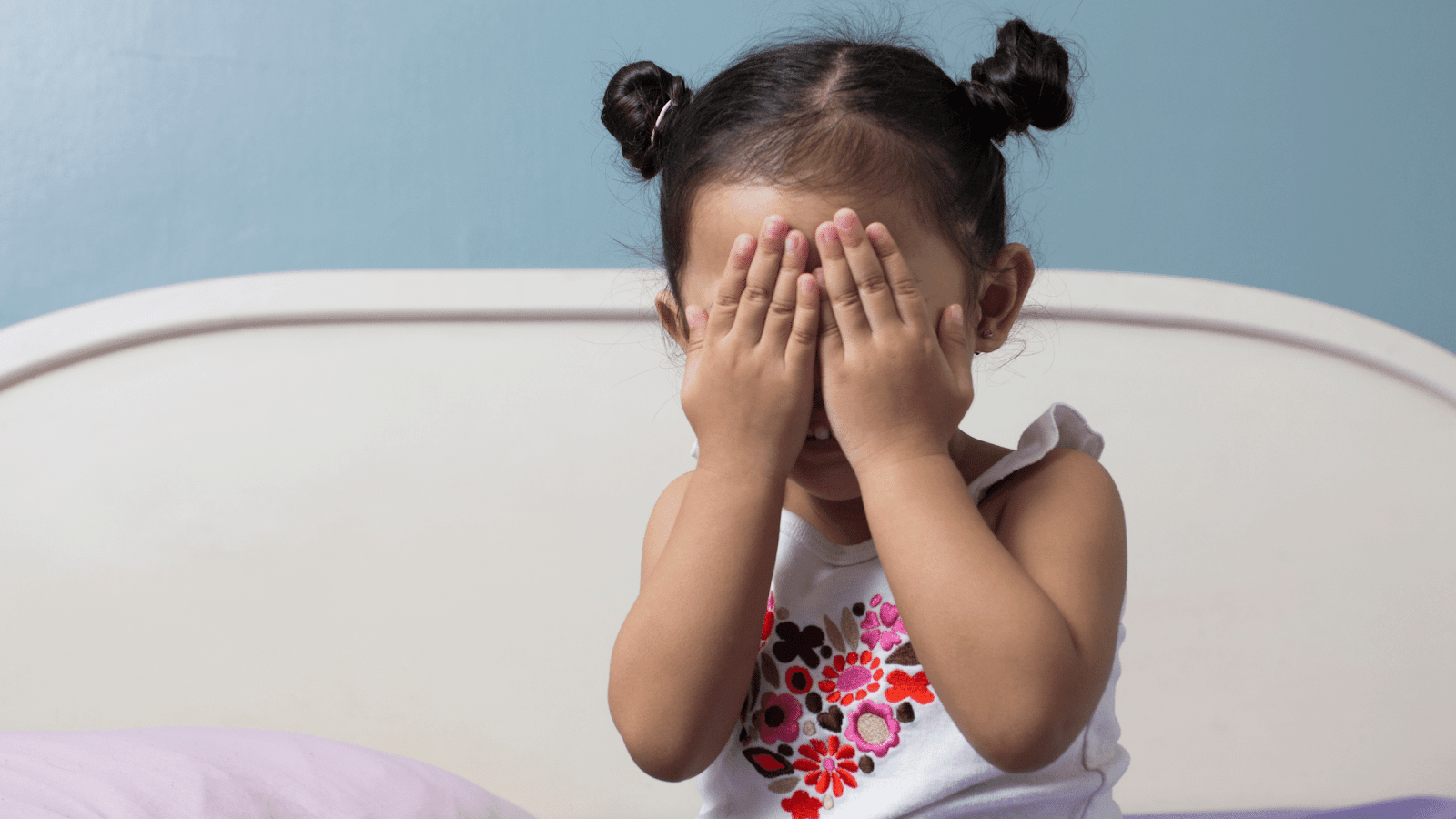Starting potty training is a hotly debated topic amongst parents of toddlers and preschoolers. Everyone has their own opinion and often different experiences on what they believe is the right time. In reality, there is no hard and fast rule to determine the right age to start potty training. There is no official start date or exact science to the potty training process, and the journey often sees greater success when you follow your child’s lead when they show signs of being ready to potty train.
Typically parents in the UK introduce the potty when their child is between two and three years old. Some children are ready earlier than this, and some take a little longer. Whatever your opinion on potty training, it’s important to remember that they all get there eventually. Often it’s beneficial to wait until your toddler shows signs of being ready to use the potty rather than trying to force them to train early, which can make the whole process more emotionally painful and more challenging work than it needs to be. This article will look at the best time to start potty training, what signs to look for, and how to prepare your child for their journey into big kid pants.
When should I start potty training?
Every child develops at a different pace. So whilst little Jessie from baby club might be out of nappies during the day by the age of two, and your mum says you were using the potty and wearing big girl pants at 18 months, it doesn’t mean there’s anything wrong with your toddler still being in nappies at two, three and even beyond if they are not quite ready. Those mums with helpful advice on early potty training have probably forgotten all the accidents and regression that often follows early potty training. It wasn’t that long ago that it was normal for a one-year-old to be placed on the potty after each meal until they evacuated. If repeated for a long time, this method was successful. However, it can also be described more as a conditioning exercise rather than a learnt skill for the child. Times have changed, and children are now training later than they were many years ago, with the average potty training age increasing from two and a half to three and a half in recent years.
So, rather than focusing on your child’s age, it’s always better to look for signs of potty training readiness and worrying less about how their peers are doing or what the national average is.
For example, when your child can control their bladder and bowels, shows a preference towards being clean and dry, and is no longer happy to sit in a soggy nappy for a short while, they may be clear signs it’s time to start potty training. Your toddler will also need to understand basic instructions about using the potty to start the potty training process. Potty training, just like using a spoon, is a learned skill that is best attempted when your child is developmentally ready.
Physical and Emotional Development
What do we mean by physically and emotionally ready? Essentially it’s when the child can recognise their need to use the toilet, get themselves to the potty or ask for help, be able to pull down their trousers and underwear in time and sit on the potty to do their business.
Some Child experts believe that it’s better to wait until a child can carry out most of these actions themselves before starting potty training to make the whole process quicker and less stressful for everyone involved.
In addition to being physically ready for the potty, your child also needs to show signs of being emotionally prepared if you don’t want a serious battle of wills on your hands. This means that they are interested in and wish to use the potty, and they can manage any toileting related fears. It’s not uncommon for children to struggle with their emotional readiness until preschool age. However, as your child reaches three to four years old, you may find that they become more willing to use the potty through a desire to imitate their peers and be just like their friend at nursery.
How do I help my child get ready for potty training?
While much of successful potty training is led by the child’s level of readiness, if you adopt a wait-and-see approach for your child to express an interest in the potty without any intervention, you could find yourself waiting a long time. Here’s a quick overview of some things you can do to get your child potty ready:
Teach by example
Children learn by imitation. One of the best things you can do to help your toddler or preschooler prepare for potty training is to teach by example. Let your child see you and other family members using the toilet, explain that you feel you need to go, and talk them through the process of taking down pants, sitting on the seat doing what you’ve got to do, and wiping, pulling up clothing after through to washing your hands. Also, highlight why each stage is essential. For example, I pull down my pants, so I don’t get any wee on them. You’ll probably adopt a similar approach when your child needs to learn other skills such as teeth brushing and getting dressed, and there’s no reason why potty training should be different.
Keep talking
If you notice your child has a particular facial expression when they are about to fill their nappy, talk to them about it. Explain that this is their potty feeling so they can associate the feeling of when they need to go with an action or name. Explain that it’s natural and everyone, including a mummy, daddy, siblings, grandparents, friends, and even animals, experience the same thing. See if your child can tell you when they have filled their nappy so you can change it, and they understand that if they don’t change it, they may get sore. Take any opportunity to talk about toileting and potties to normalise it.
Make the potty part of life.
Whilst they might not be interested in using it, putting a potty in your bathroom or another area of the home makes it part of everyday life. Regularly explain to them what it is for and why we use it. If they have an older sibling, perhaps they can demonstrate how to use it. You can adopt the same method when you are away from home too. If you plan on incorporating a travel potty into your routines for holidays and day trips, take it with you, even before training starts. This clarifies that a potty isn’t just for home and is something you need wherever you go. Pop it out when you are changing nappies on the go to get them used to seeing it wherever you are.
Our pottiagogo folding potty is perfect for this as it folds neatly in your bag, and you can just bring it out as and when needed without taking up too much space in your change bag. Whether at home or away, if your child is interested, ask them to sit on the potty whilst having a nappy change or getting ready for bed. Even if they don’t do anything, it will show them there’s nothing scary about taking a seat for a moment.
Whilst there are no hard and fast rules for when to start potty training, looking out for signs of your child being potty ready and taking the time to prepare your child for potty training early will ensure your toilet training journey gets off to the best possible start when the time is right for you. As well as the information above, check out our previous article on when do I know my toddler is ready to potty train for more signs of potty readiness to look out for.


